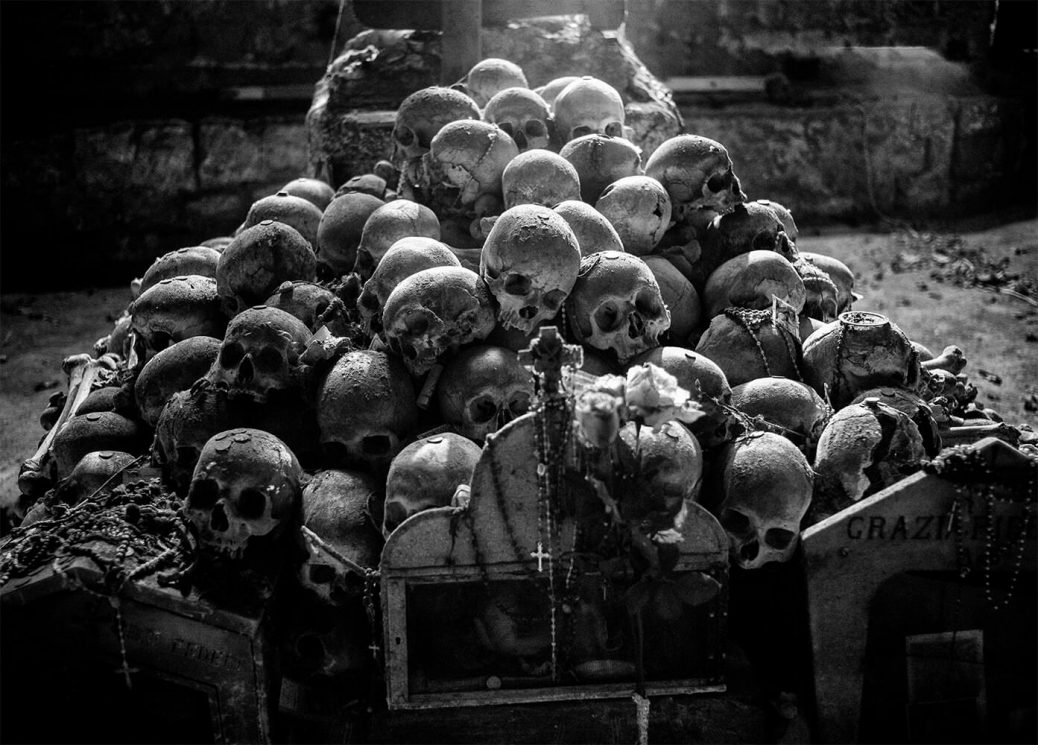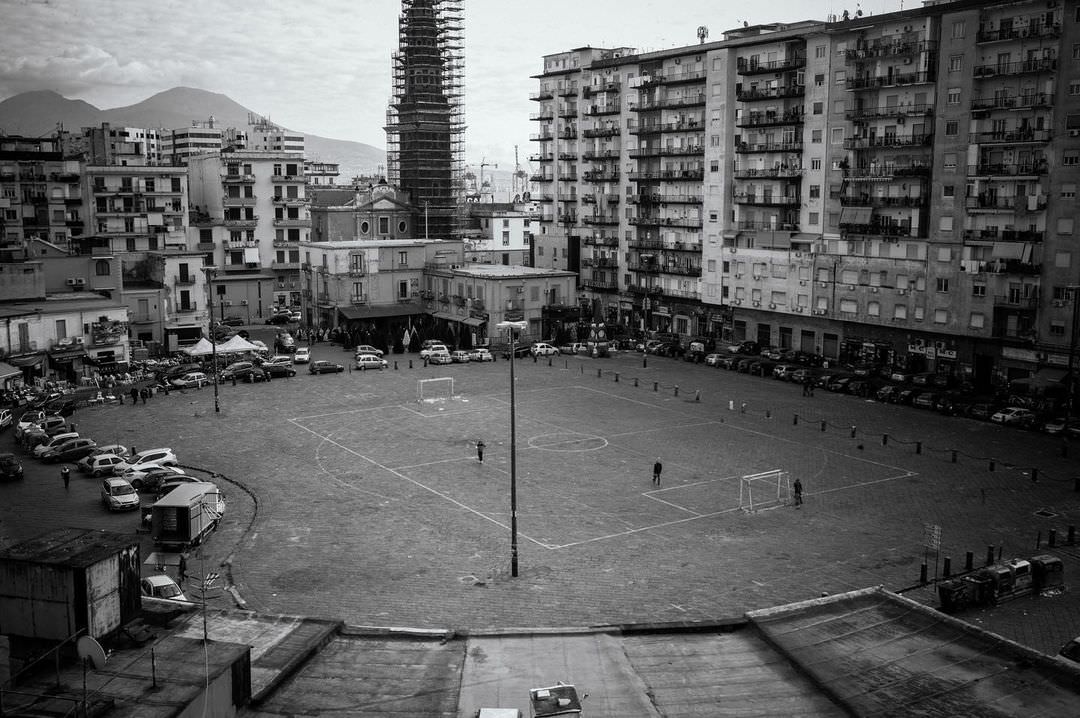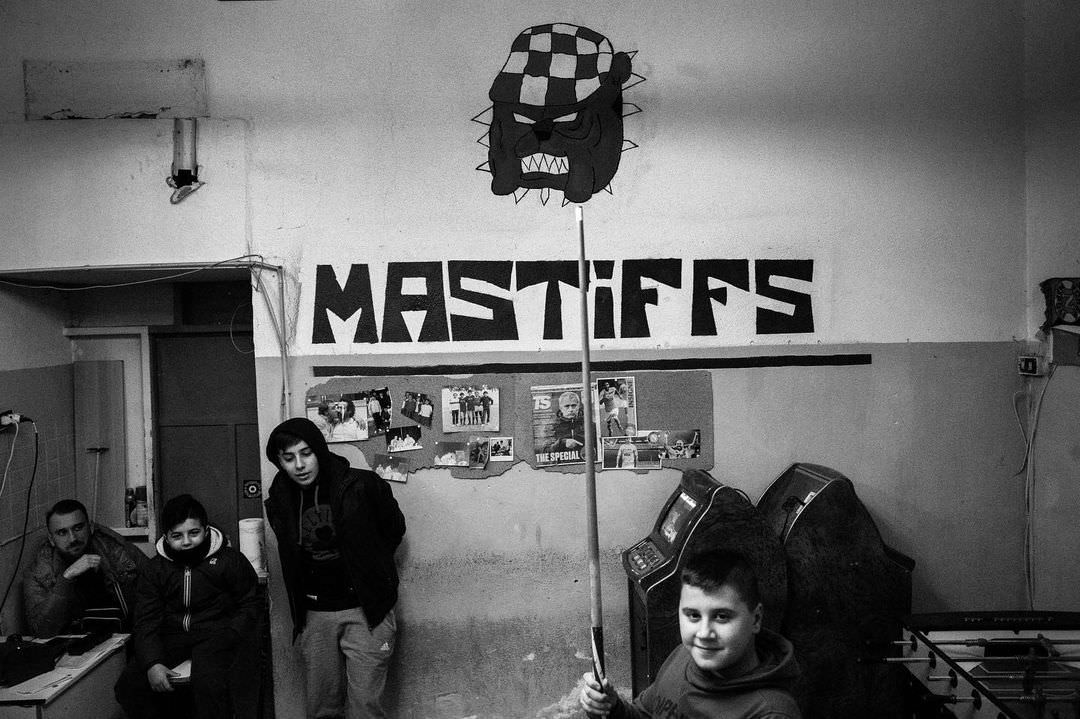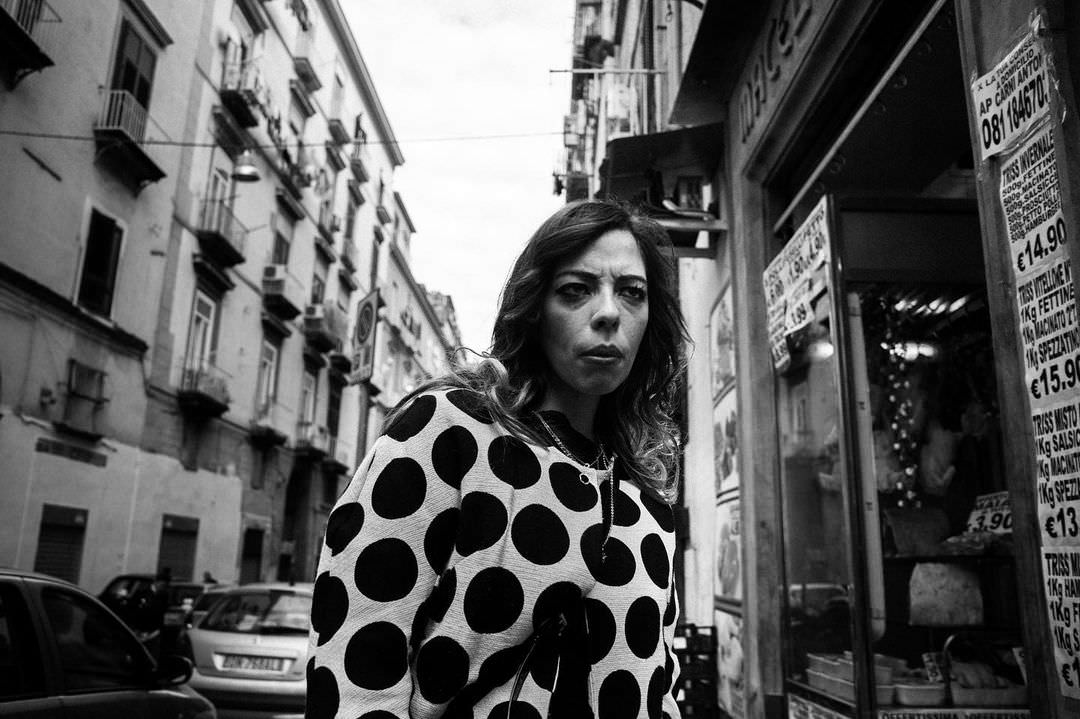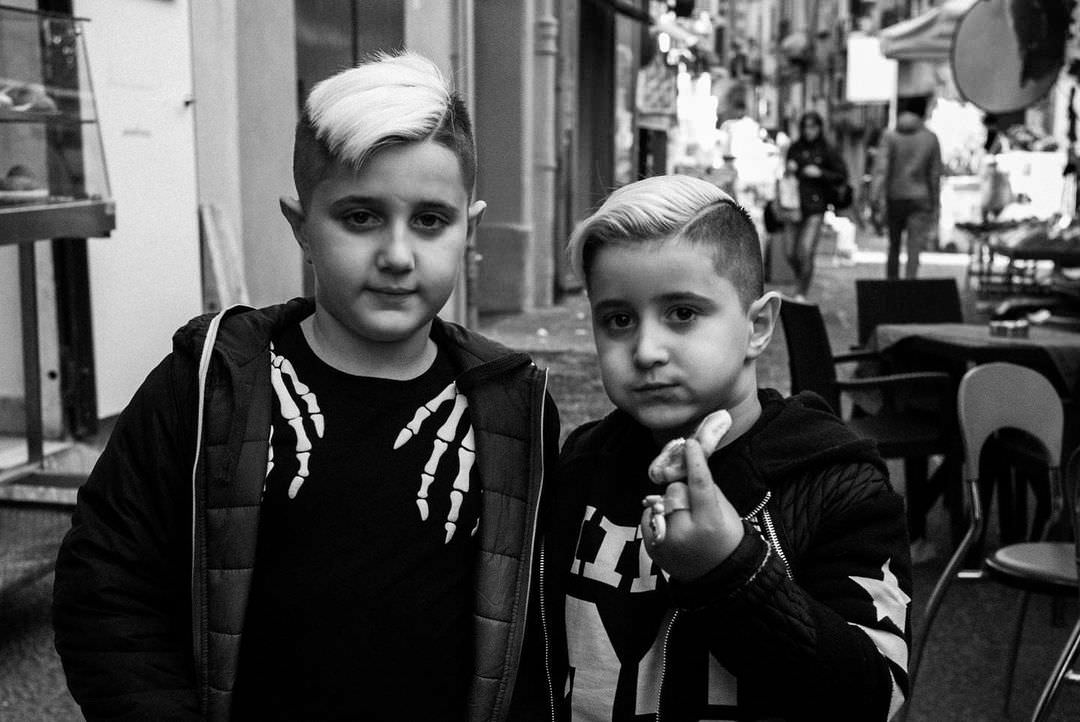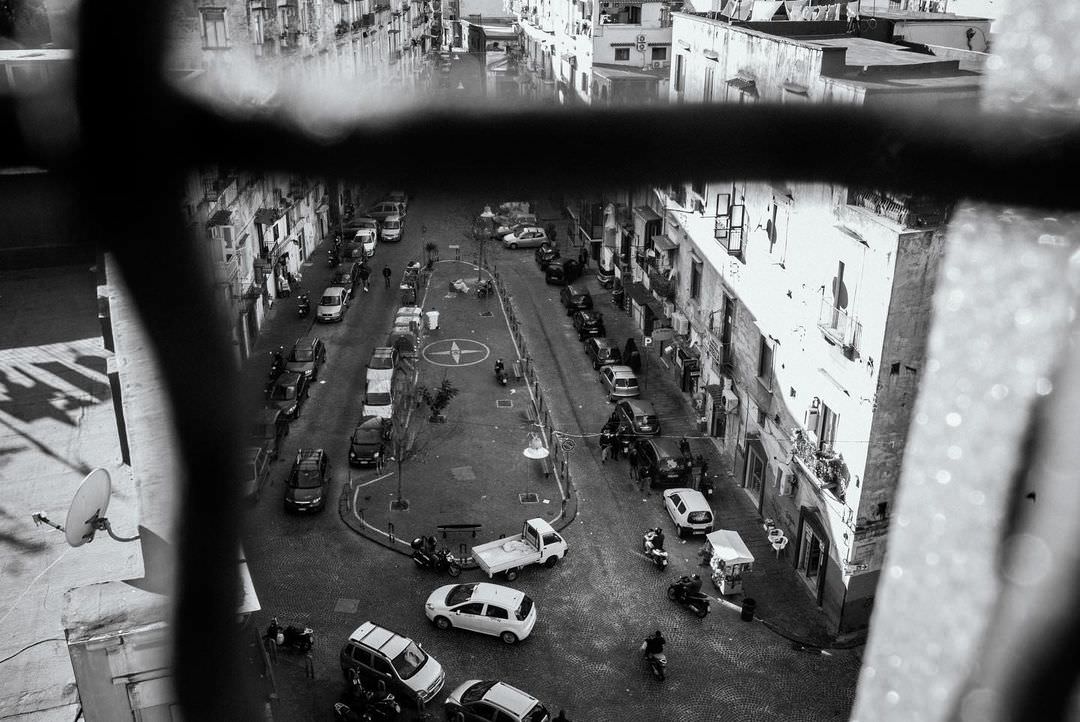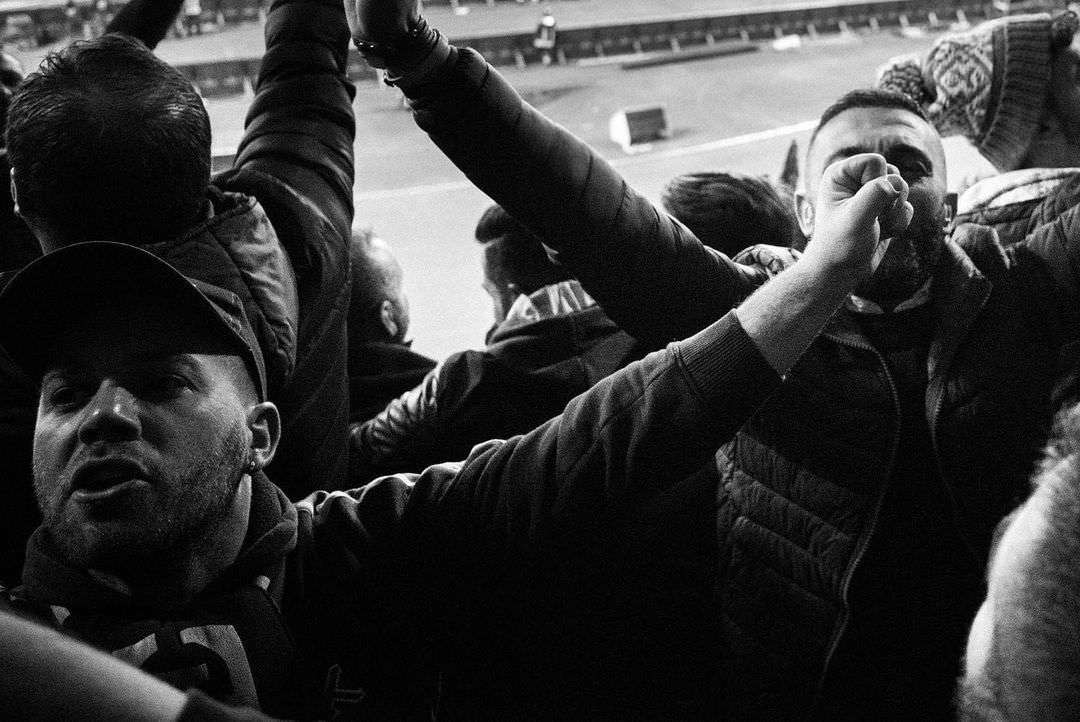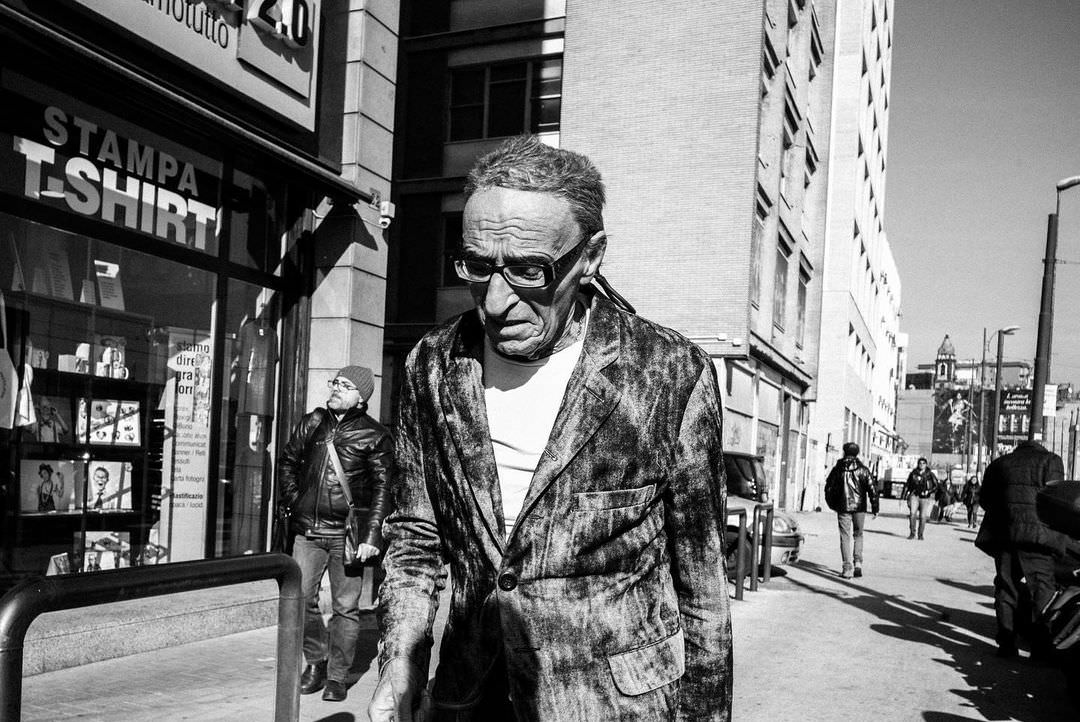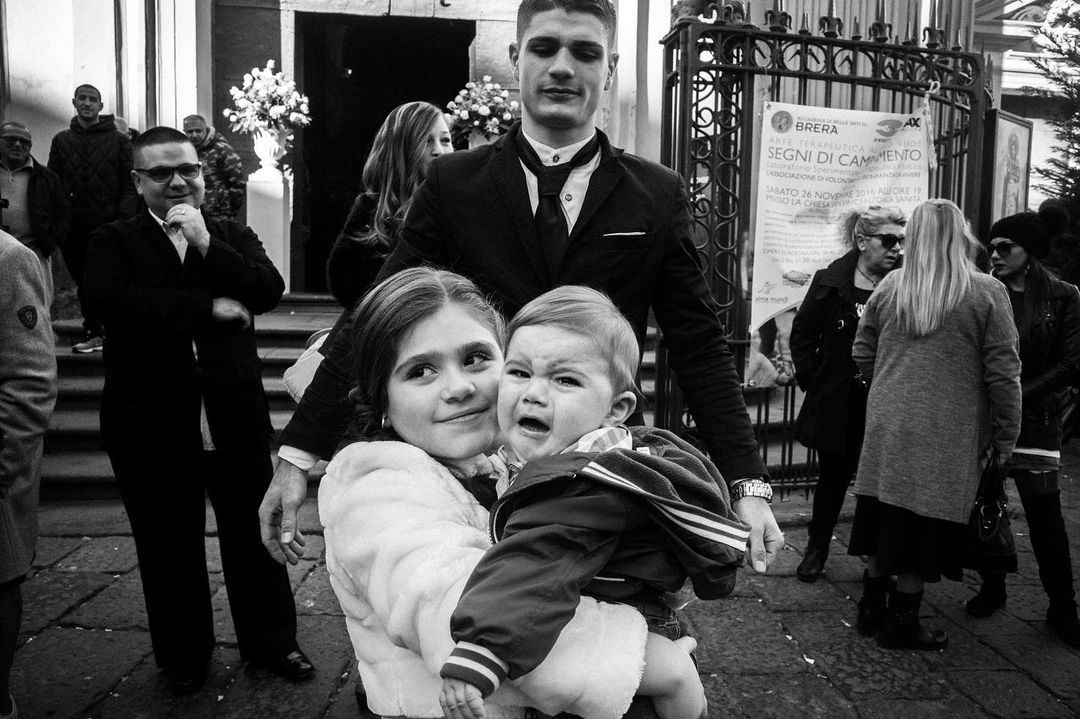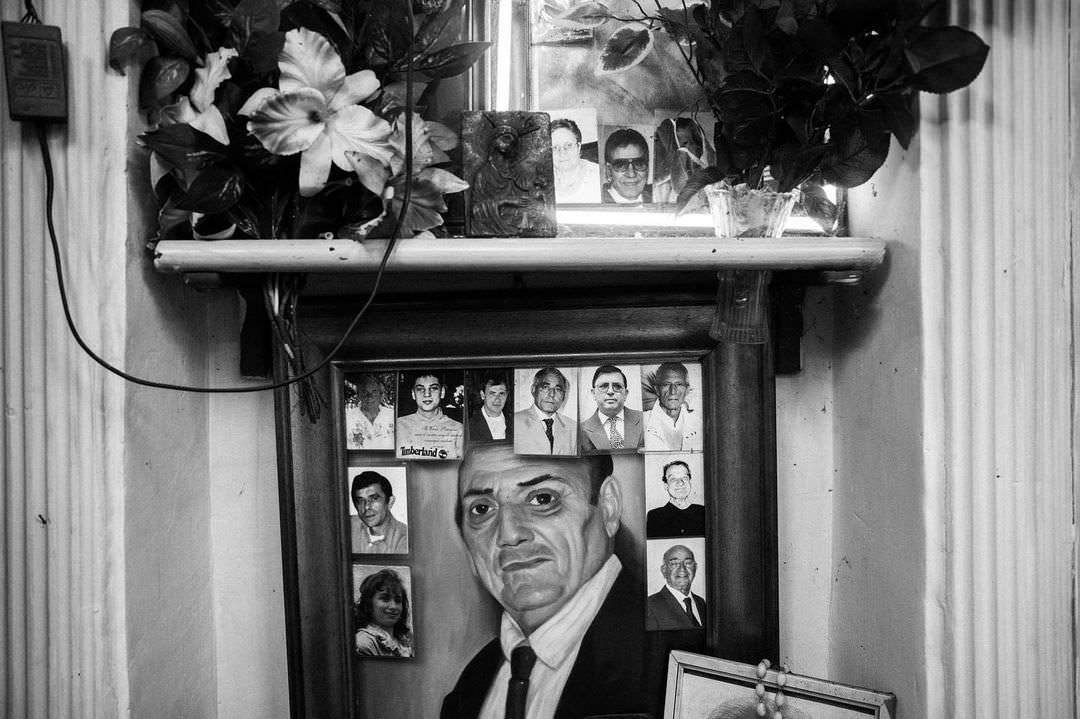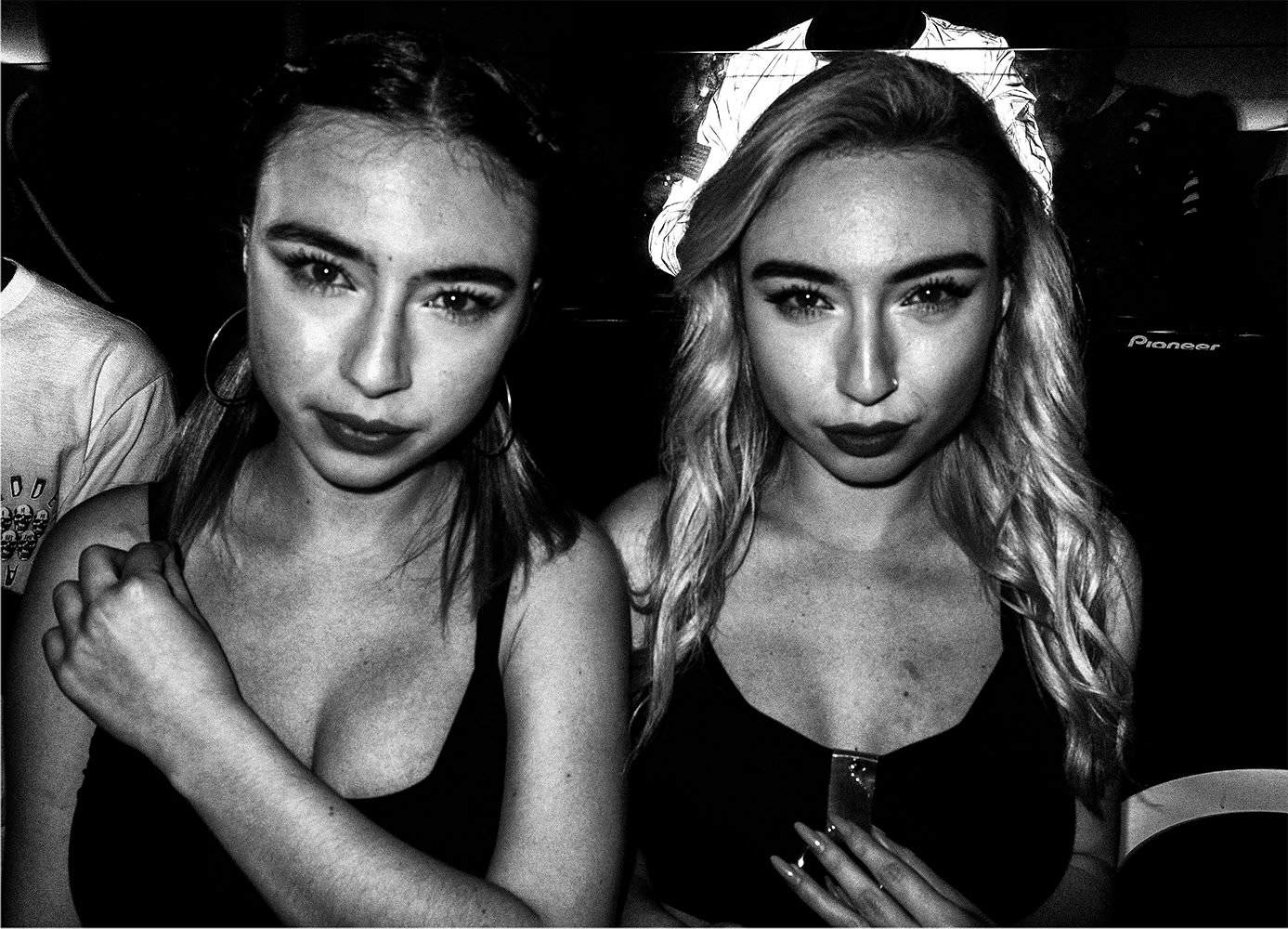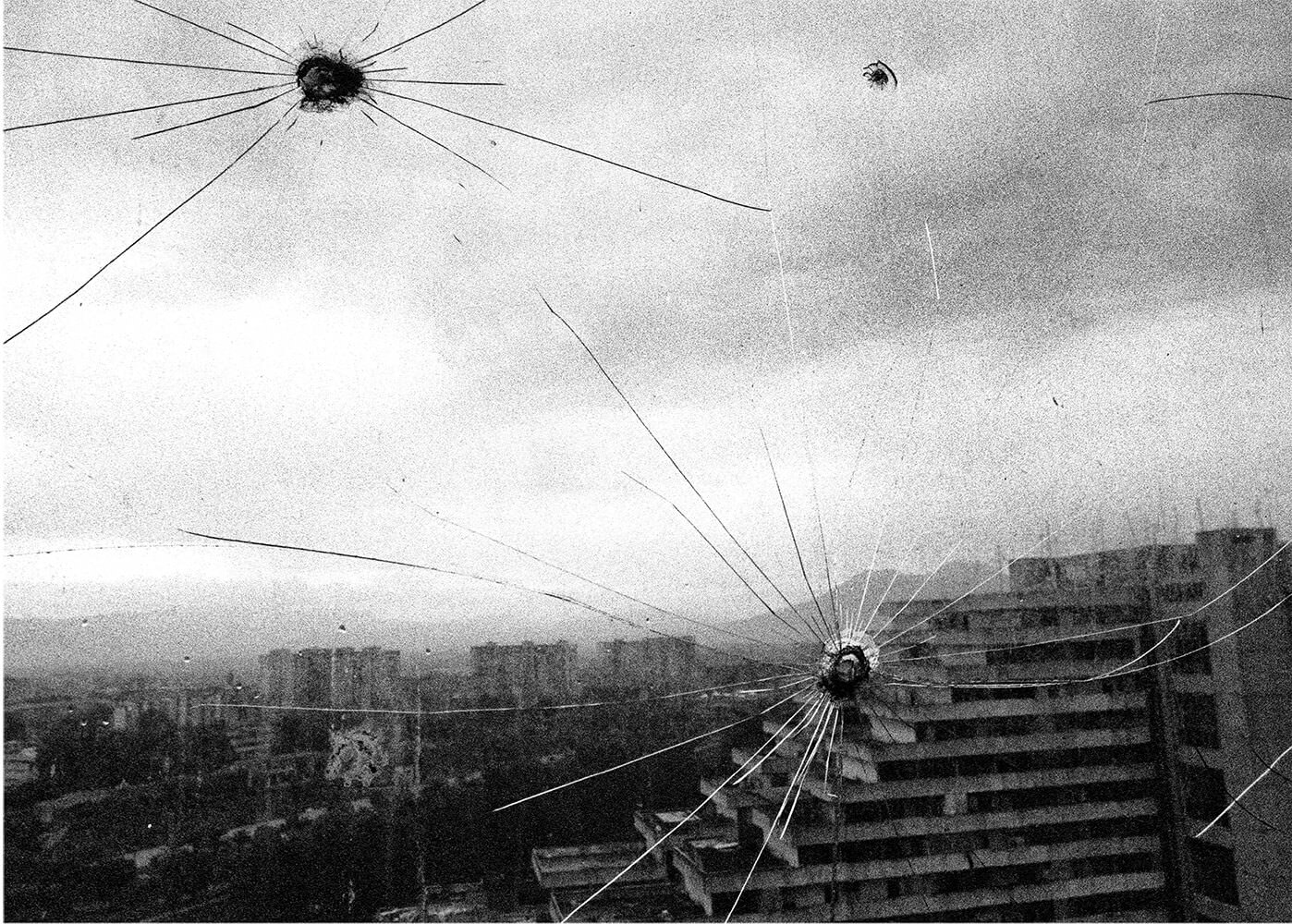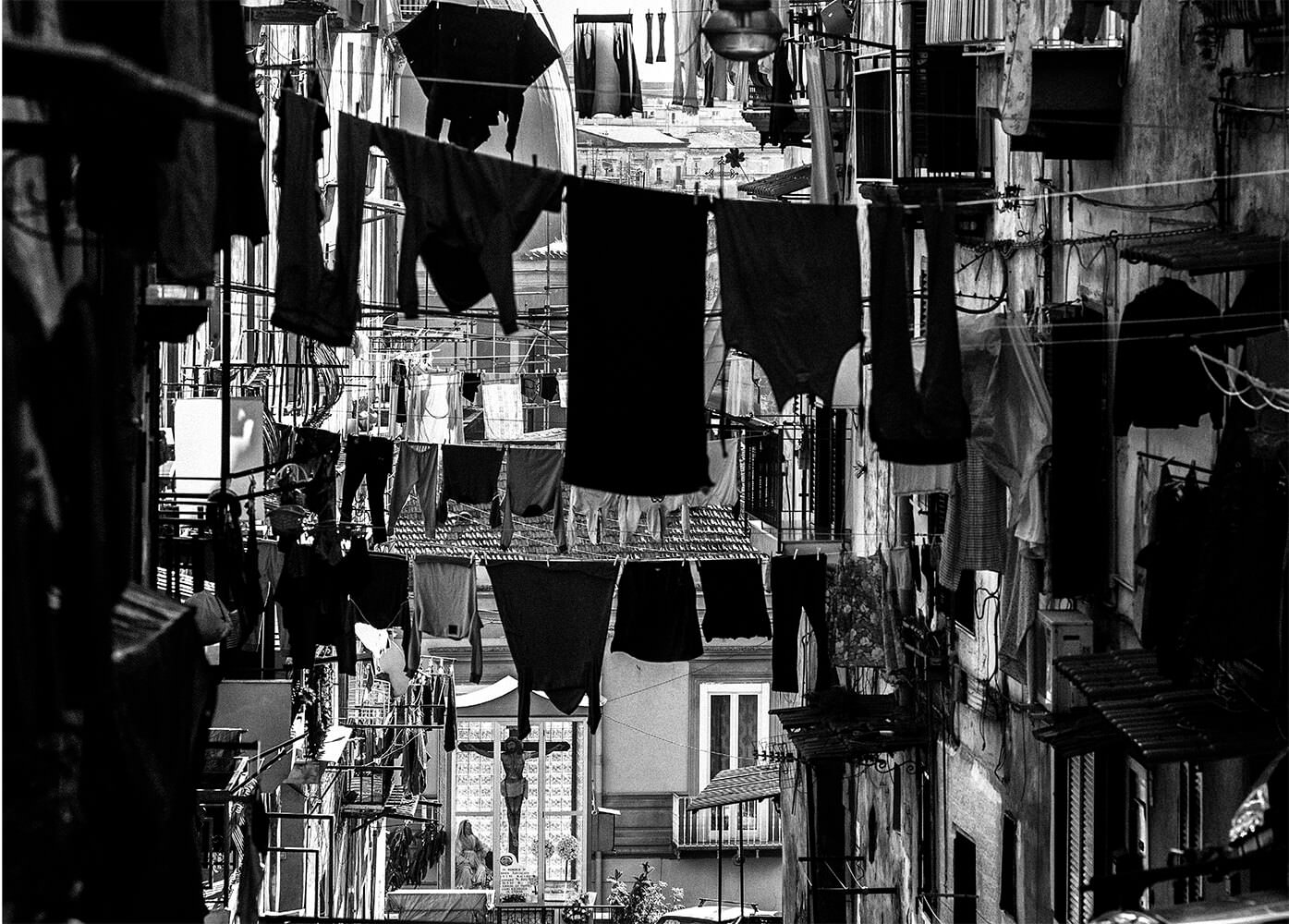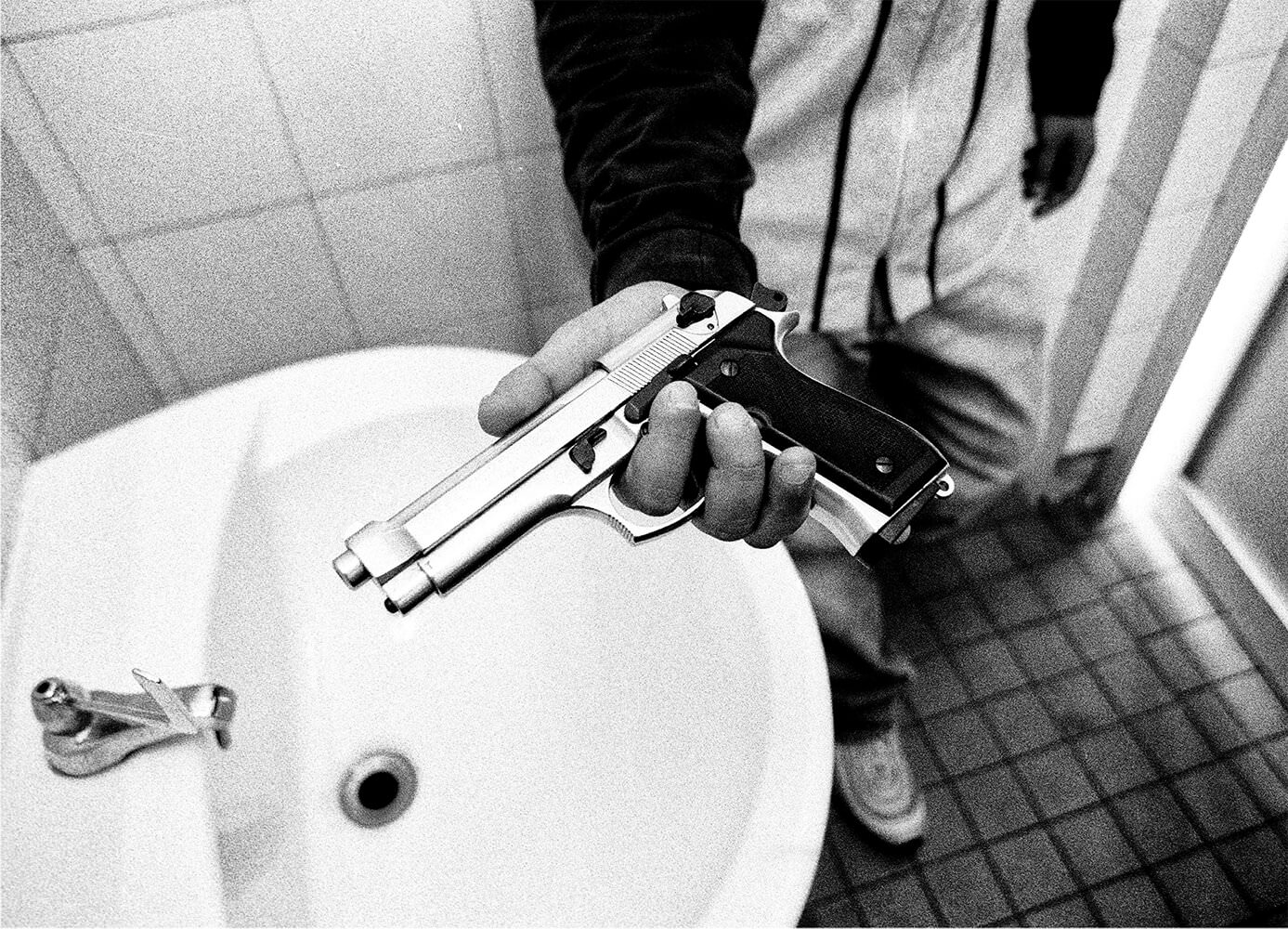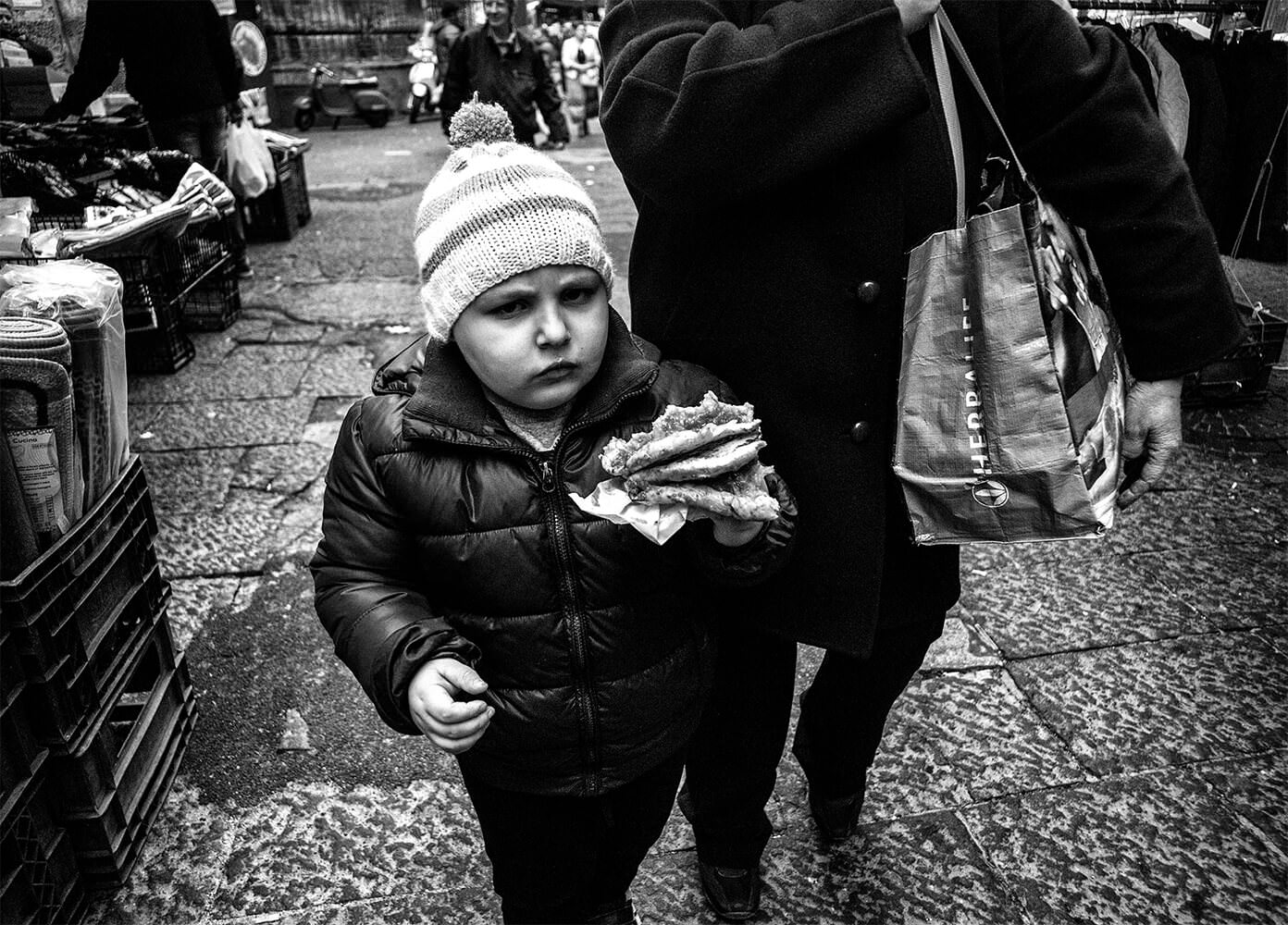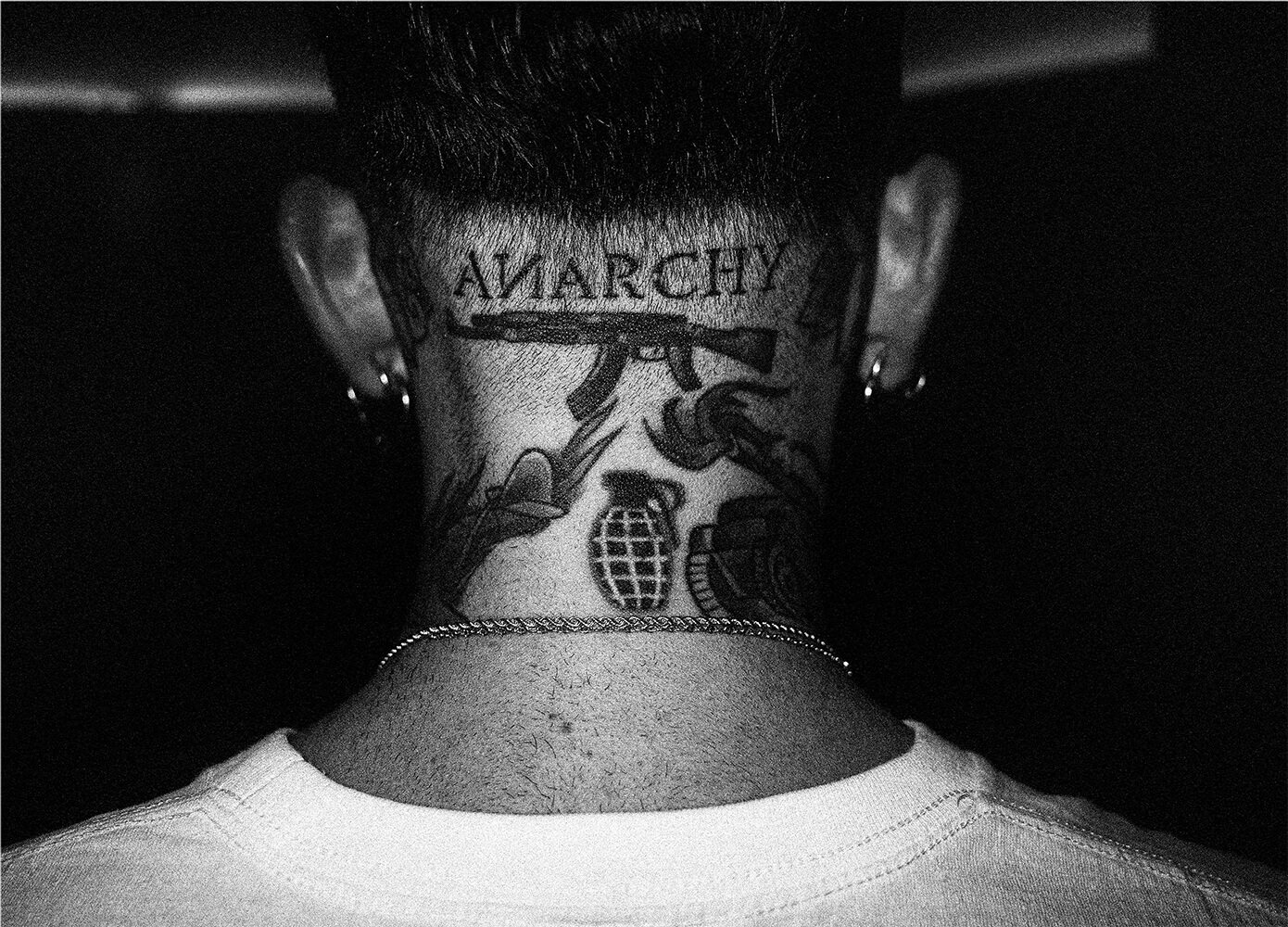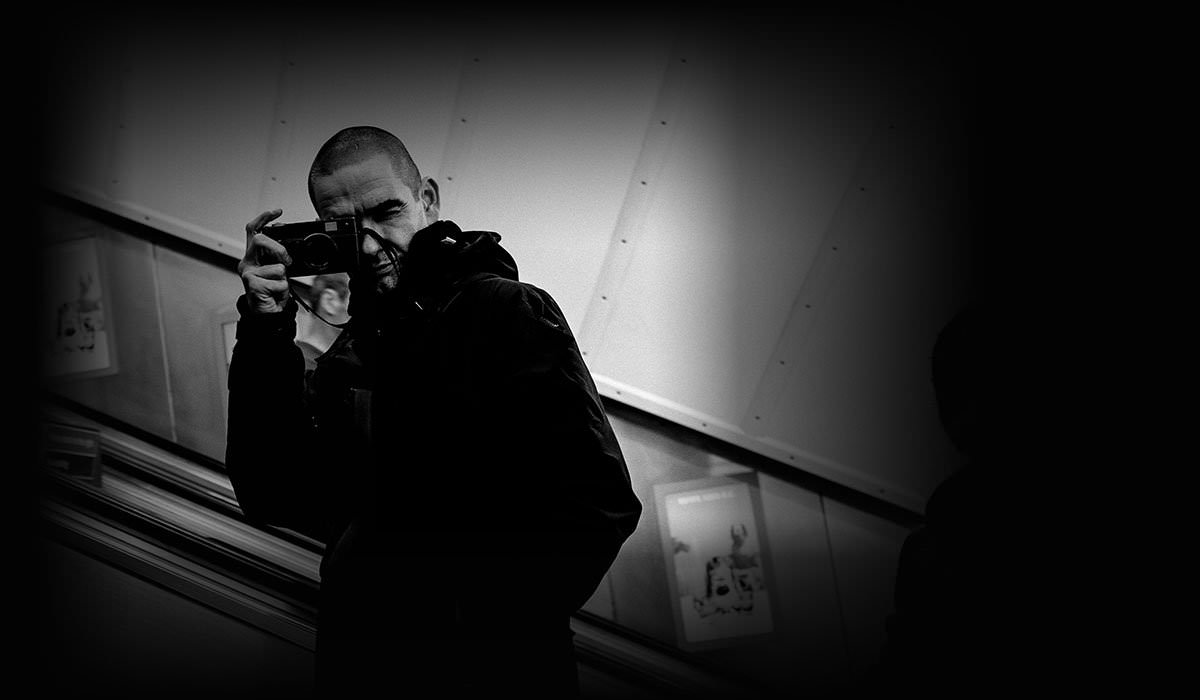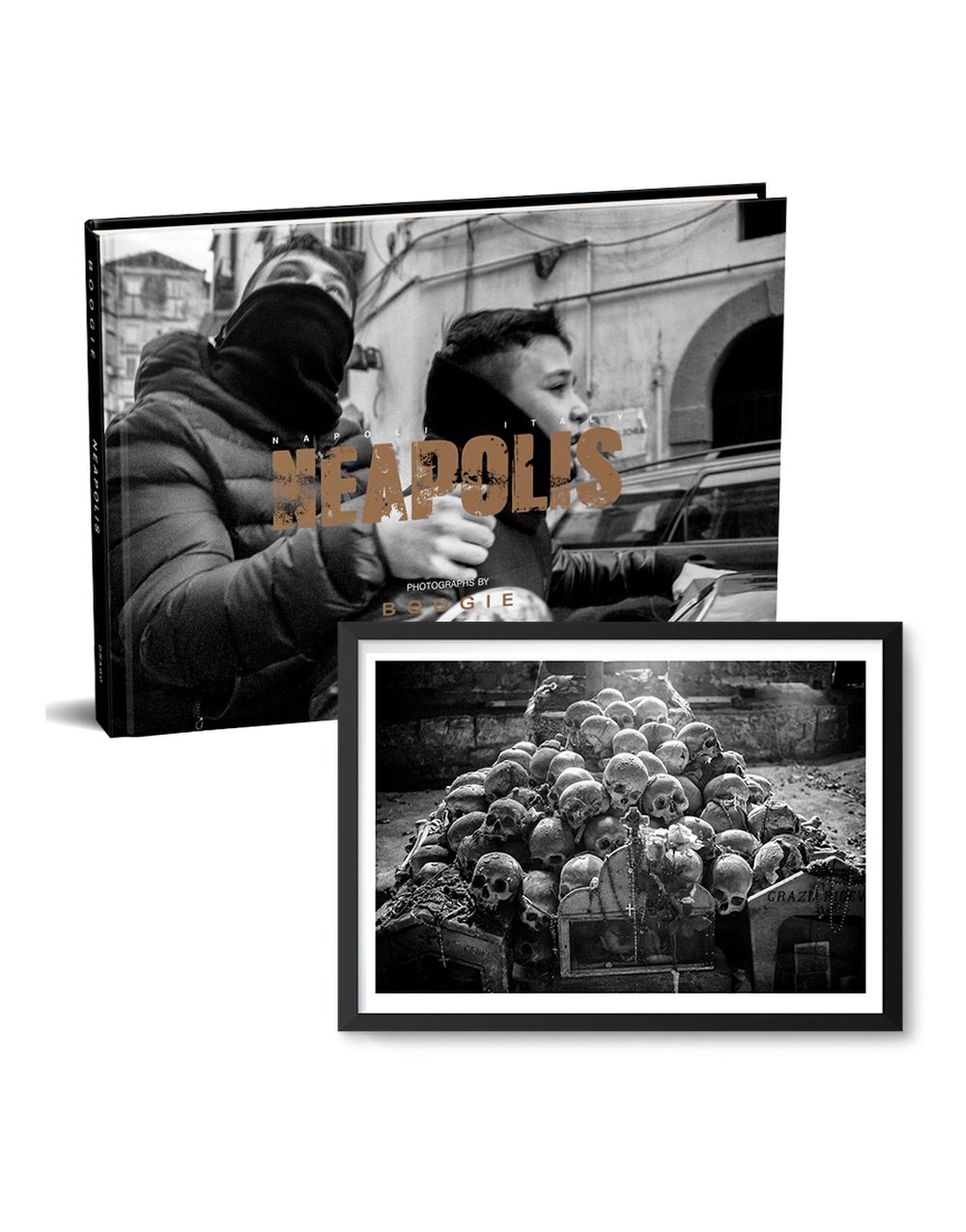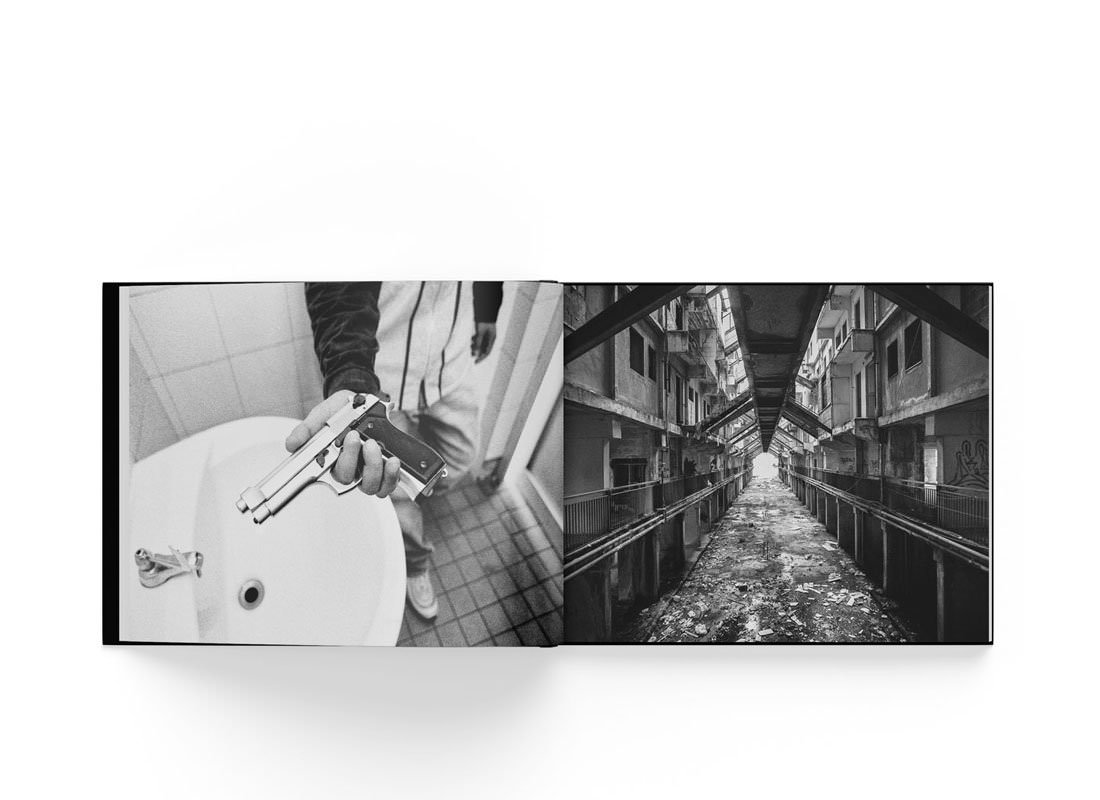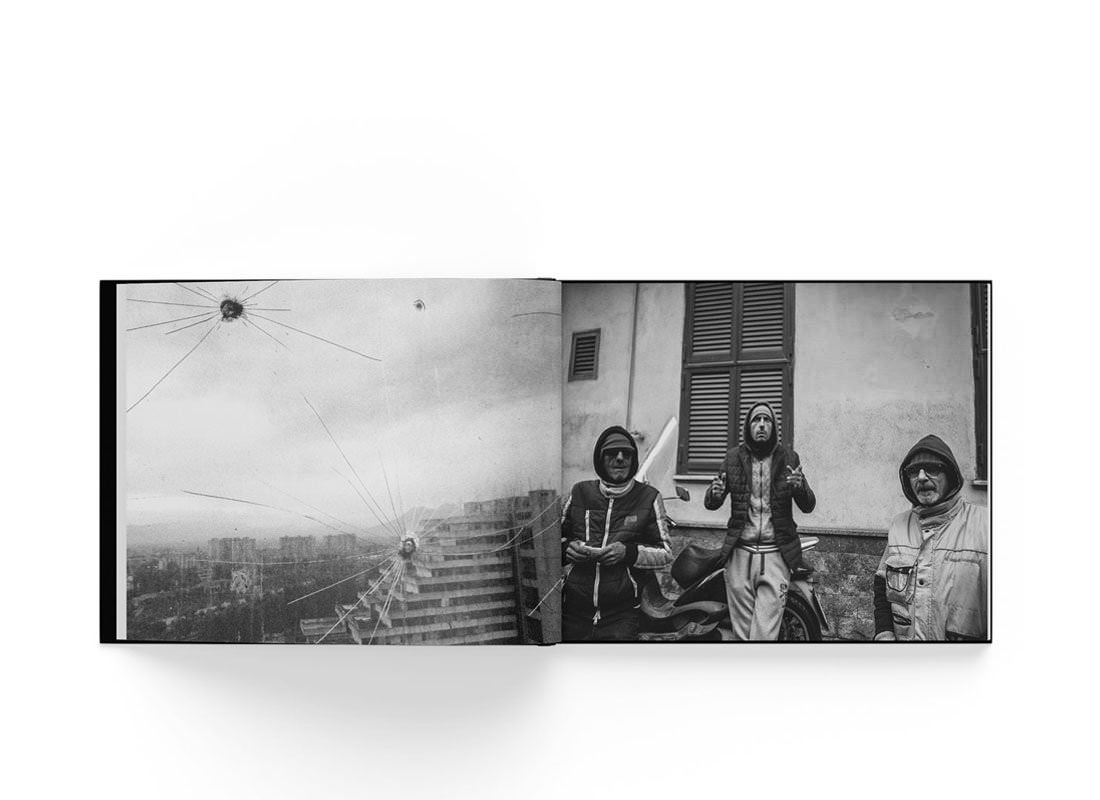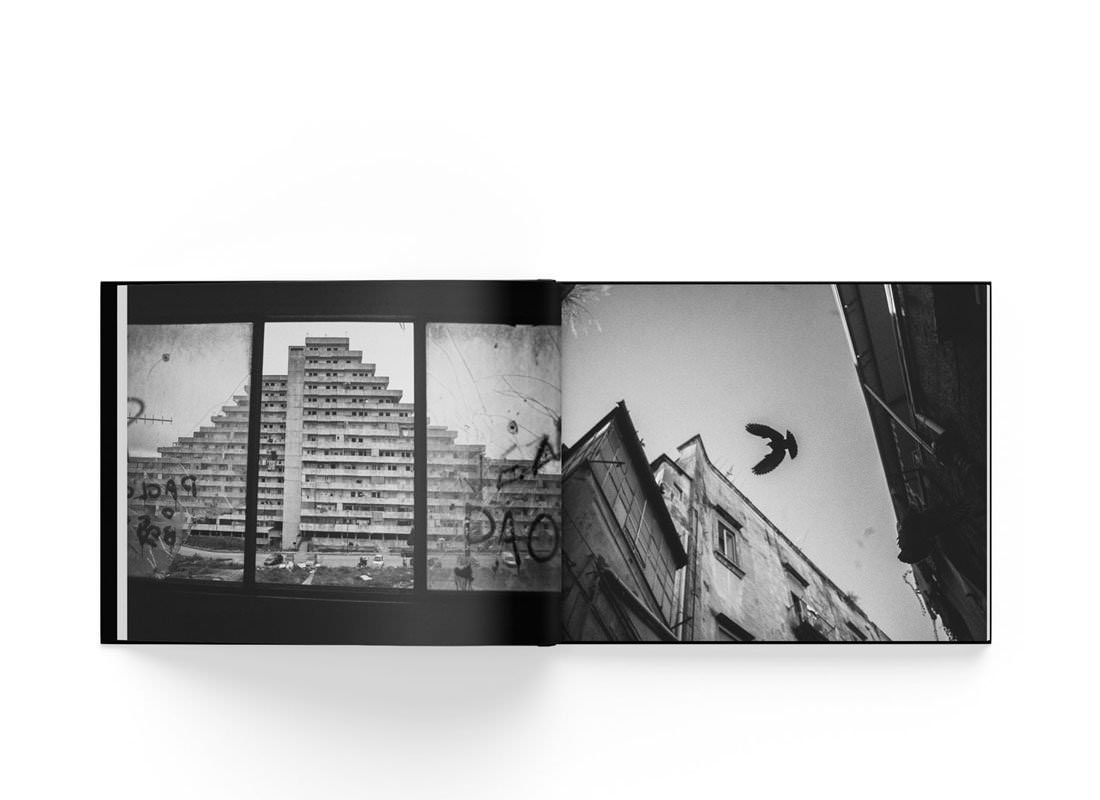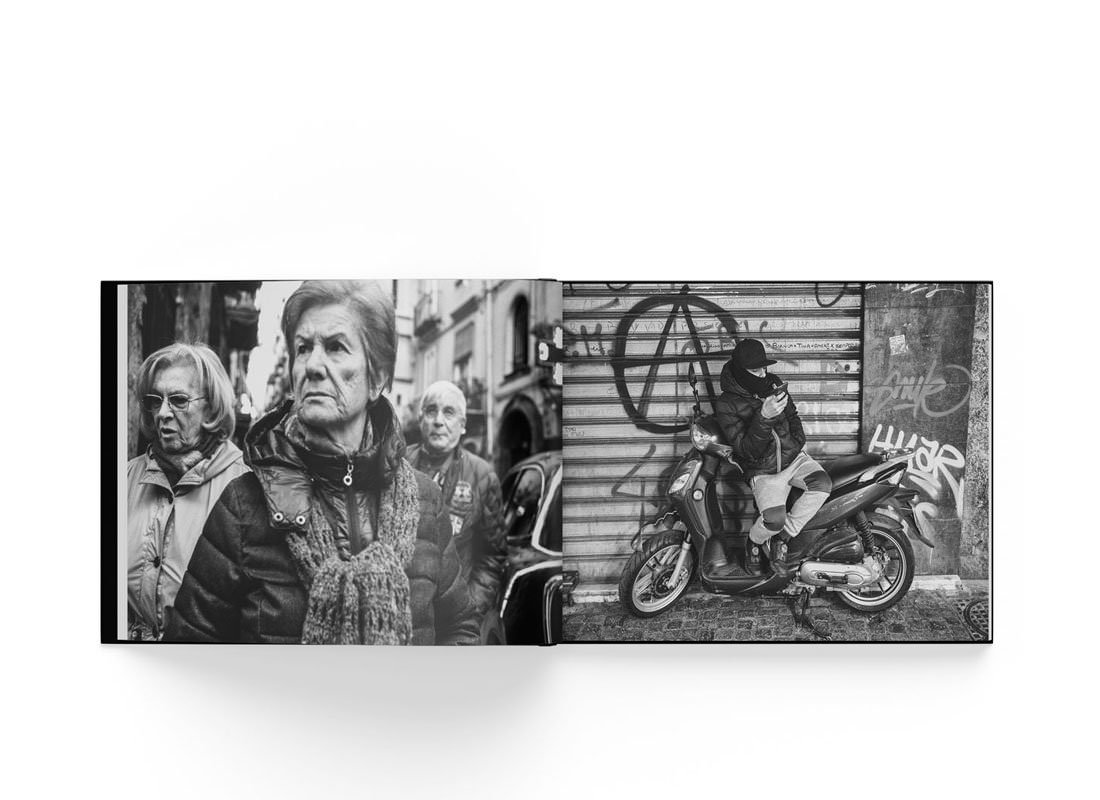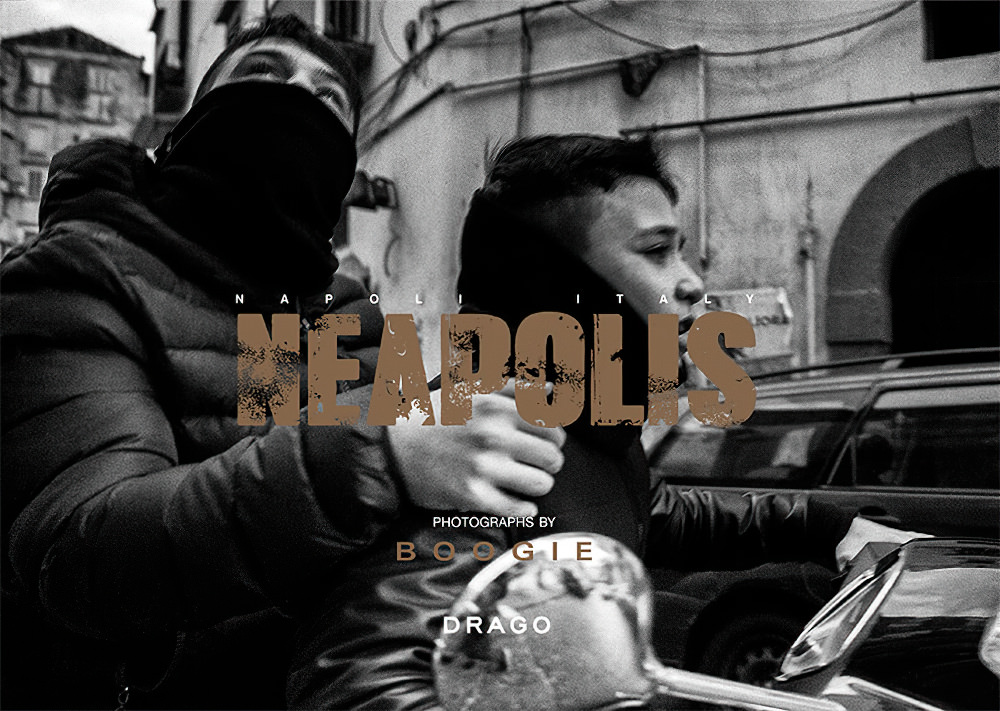Boogie: Neapolis
Neapolis is a photographic book about a city that has never been seen, unexpected and unknown.
“I always get lost because I don’t have a good sense of orientation. So I let myself go and start shooting. This is how my best photos come to life.”
This was the approach of Boogie, a photographer born in Belgrade in 1969 and soon moved to New York, who reserved for his trip to Naples in the company of his camera. Boogie is a photographer capable of capturing the hardest side of reality: from the suburbs of New York to the suburbs of Kingston. Boogie has always portrayed the criminal and violent face of the street, whose reasons lie among the folds of poverty and social distress. His latest work, Neapolis, follows in the wake of his previous great successes: entering the beating heart of a dark reality and immortalizing the world through his lens. Naples welcomed Boogie and that’s the result. In more than 80 black and white images and with the introduction of rapper Luchè Neapolis it is a collectible book that cannot be missing in the bookstores of lovers of the genre.
Luché in the introduction of the book Neapolis tells of how Naples made him a man in a few years, of how his smile hides so much pain but which, out of pride or dignity, almost never reveals. Naples has put in front of its heart the challenges that few people can tell and that few eyes are able to remain lucid. If you could shoot a scene that tells Naples in a few moments, it would be a race among children in the streets of the center, the alleys, all filmed in slow motion so as to be able to dwell on the expressions, determined, hopeful and unaware. But at the same time for him Naples is also the representation of the simplicity of life, strengthening the love that is inside and with its roots with sea water allows you to look beyond, to travel, while maintaining the desire to be reborn there.
About the Author
Boogie (real name Vladimir Milivojevich) is a Serbian photographer based in New York.
His homeland‘s history influenced him to choose to capture the dark side of street life in his home town Belgrade, Moscow, New York, and other places.
Some of his images would appear to the casual observer to be quite shocking, but by using different perspectives, Boogie mostly is showing real people who live in the periphery of society and generally what kinds of lives they lead.
He had published nine photography monographs and created commercial projects for worldwide known brands like Nike, Adidas or Puma.
Boogie was born in 1969 in Belgrade, Serbia. His father and grandfather were amateur photographers, so he grew up surrounded by cameras.
He got interested more seriously into photography around the ’90s during the civil war in Serbia. This experience pushed him to focus on the darker side of street life in different places marked by many personal tragedies and are not what one might think of as particularly popular topics in street life photography.
In 1997, he moved to the USA. Since then, he has been residing in Brooklyn, New York, but also keeps traveling around the world and looking for new inspiration.
In some ways, you might think of Boogie as a journalist with a camera, as he is very much interested in documenting or chronicling a certain side of life – uncovering it or exposing it for all to see, who are willing to look.
Boogie‘s photography style in one word could be described as fearless.
Between 2003 and 2006 he spent a lot of time with his camera in the BedStuy, Bushwick and Queensbridge neighborhoods of NYC, which are known as dangerous spots because of actively working gangs there.While he was spending time in those areas, he captured real, non-polished moments of a wild and unsafe street life which was fulfilled with guns, violence, drugs and other illegal and dangerous stuff.
According to Boogie, experiences he had during the civil war in Serbia helped him to adapt very fast to the gangs‘ daily life and helped to capture their daily scenes and emotions.
During his visit to Brazil cities Salvados, São Paulo and Rio de Janeiro, the photographer kept the focus on the raw side of Brazil‘s street life.
Guns, prostitution, police, abandoned buildings – Boogie shoots the opposite of what a typical tourist could imagine about this exotic country and that is the reason why his perspective is unique and shows a wider diversity of population around the globe.
In 2019, Boogie released his newest photography book of pictures he took in Russia‘s capital Moscow. In these urban style pictures, he documented the daily life of locals.
Tough tattooed guys, “Khrushchyovkas“ (apartment buildings, started to build during former USSR leader‘s Nikita Khrushchev governance period) and Soviet monuments mark today‘s Russia which was strongly implicated in USSR’s heritage.
Boogie opened up, saying that doing photographs in Moscow gave him a feeling of being from the same tribe as these people.
According to him, Serbs and Russians were always connected as both nations are Christian Orthodox, both always had a similar world outlook and mentality.
Since Boogie moved to New York, he often visited his hometown Belgrade. Born as a Serbian, he knows all the corners and for him, this city is full of inspiration for unique and raw pictures.
Even his shots look gloomy, you can feel the power of reality in those pictures and that is something that attracts the viewer‘s attention – everything looks just very authentic and the opposite of glamorous and romantic views.
Serbia used to be a former country of Yugoslavia and because of the political situation in the country, Boogie also captured some signs of this situation.
He had published two books of pictures he took in Belgrade. According to him, the second book named “Belgrade guide“ (2017) is much different than the first one, called “Belgrade belongs to me“ (2009).
The first album comprises mostly of the pictures that he took during the massive protests in the ’90s against the regime and former country‘s leader Slobodan Milošević.
Boogie described his regime as apocalyptical – people have been starving and riot police were especially rough with the protesters.
He also noticed that taking a camera along with him and going into the street helped him to be more as an observer, not a participant in that chaos, so photography helped him a lot to survive hard times his country passed through. (via davidcharlesfox.com)

